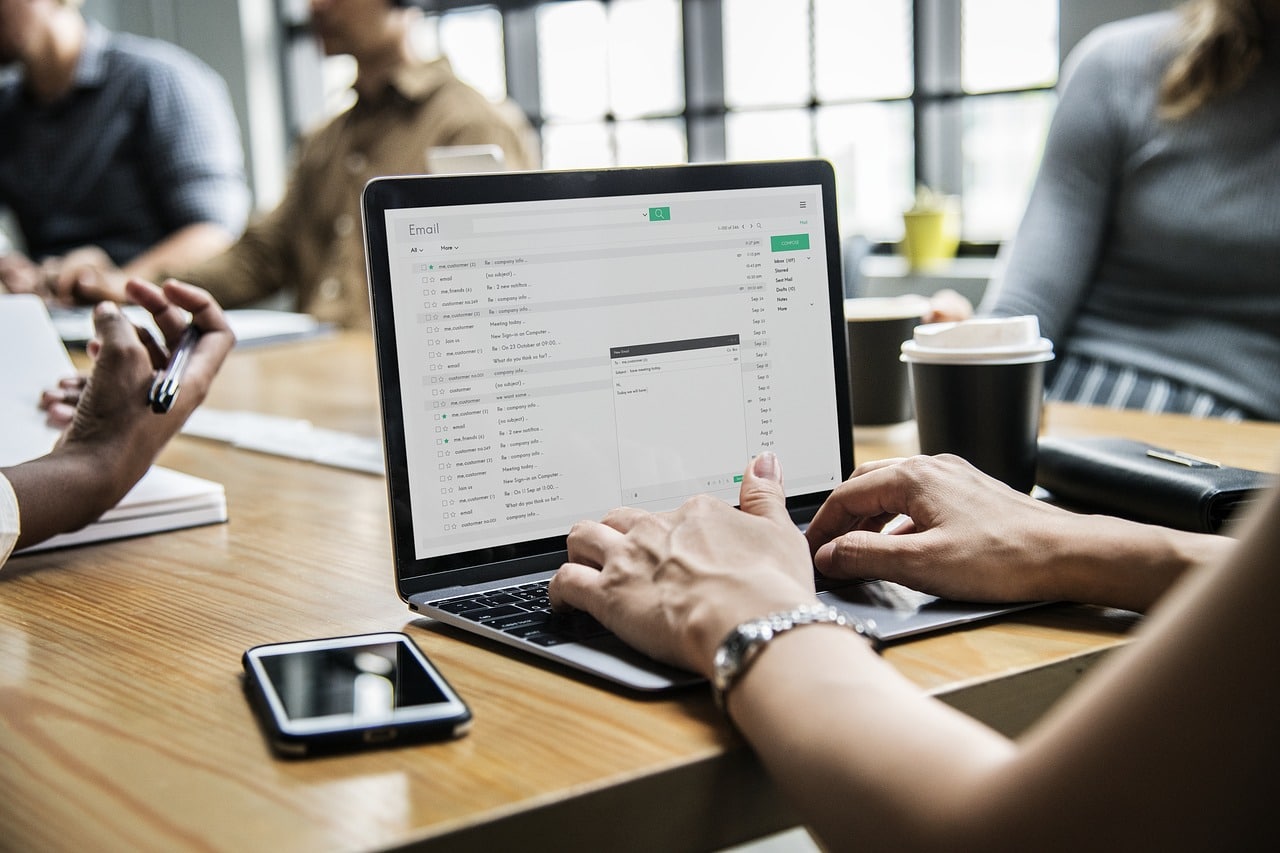Email is part of our professional lives and is essential for daily business functions. You may even have dedicated email addresses assigned to you by your employer! Regardless of the industry, location, or people involved, email is used in the same manner around the world. Below are some examples of ways that an organization may choose to communicate through email.
Confidential Documents
Documents containing sensitive information will often be sent through email. This way, recipients will be able to open the email and read it at their leisure. Since classified documents contain valuable data that may attract unwanted attention from cyber criminals, employers often establish and enforce an email retention policy that’s designed to protect the individuals involved. This is particularly true for HR purposes, where personally identifiable information (PII) is needed to proceed with the hiring process.
Formal Messages From Upper Management
Upper management will often send official announcements, memos, updates, and other company-related messages through email. These pieces do not require feedback or input and can be digested in the time frames best for the recipients. As such, there is no need to schedule meetings, video calls, or chat sessions. Staff should refrain from responding to the message via email.
Must Read: 3 Fantastic Benefits of Converting Word documents to PDF Online
External Recipients
Your organization may have its own set of programs dedicated to work-related activities, but the rest of the world may not share a vested interest in those apps. Rather than ask potential clients to install your software program of choice, most workplaces will opt to use a more universal method of communication: email. Email can reach anyone on the planet, even those who don’t speak your language, and is the de facto choice for sending messages to recipients outside of your organization.
Random One-time Messages
There will be times when you must shoot a message to a small group of people without the need for a response. Birthday celebrations, e-cards, and social gatherings are just some of the occasions that merit the use of one-time email messages. These situations would feel awkward to mention in group chats and apps dedicated to work activities. If you’re unsure about which method of communication to use, ask the individuals involved for their preferences.
Do you know: The Best Equipment for Starting a Podcast
Less Urgent Communications
Most people don’t actively keep tabs on their inboxes unless they allow notifications on their smartphones, which isn’t a common practice for work email addresses. This makes email better for situations that do not require immediate responses. If you do need feedback rather quickly, it may be best to use other apps such as WhatsApp, Slack, or any of the social media chat groups.
When Not To Use Email
Email may be best for professional uses in general, but some situations may be less appropriate. These are some situations where you may want to leave emailing out of the picture.
Personal Uses
You may feel comfortable using email programs to send out messages to people, but that does not mean you should do so in a work setting. As a rule of thumb, it’s always better to leave personal emails outside the realm of income-producing activities. A separate email address dedicated to work can filter out messages that need to be kept between colleagues.
Issues That HR Should Handle
Human Resources (HR) can handle any perceived transgressions and deal with unruly behavior. Issues with colleagues or work policies should never be mentioned through work emails, period. Emails sent in the work environment can be used against you in court, should there be a need to do so. If you do need to get something resolved, take it to your HR department and let them sort it out. Otherwise, it’s better to air out your grievances in a private diary, dedicated app, or personal phone call with a close friend.
See More: How to Charge a Phone With a Broken Charger Port Android and iPhone?
Email is a versatile form of communication in the workplace that has many different uses. The above activities are just a few ways that working professionals use email for work purposes.

